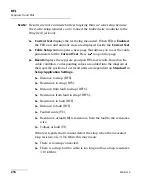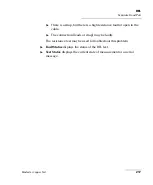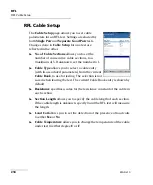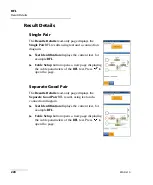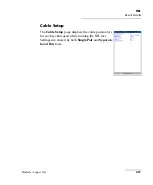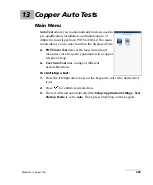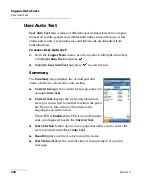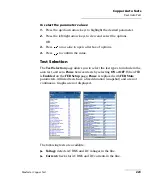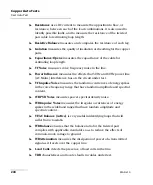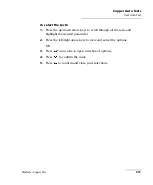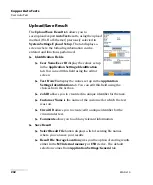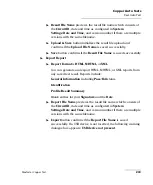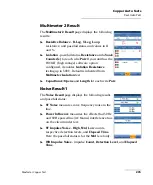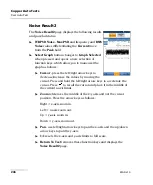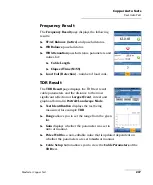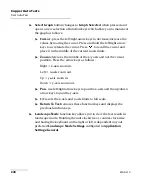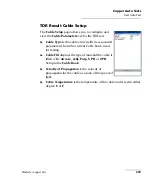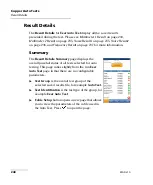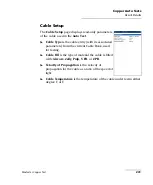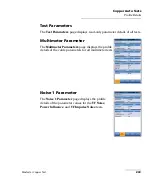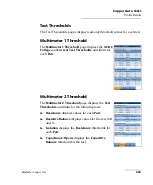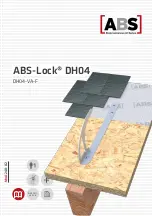
Copper Auto Tests
230
MAX-610
User Auto Test
Resistance
uses DC current to measure the opposition to flow, or
resistance, between each of the lead combinations. It is also used to
identify possible faults, and to measure the resistance of the twisted
pair cable for estimating loop length.
Resistive Balance
measures and compares the resistance of each leg.
Isolation
measures the quality of insulation or sheathing for the copper
pairs.
Capacitance
/
Opens
measures the capacitance of the cable for
estimating loop length.
VF Noise
measures voice frequency noise in the line.
Power Influence
measures the effects that 50 Hz and 60 Hz power line
(AC Mains) interference has on the circuit under test.
VF Impulse Noise
measures the random occurrences of energy spikes
in the voice frequency range that have random amplitude and spectral
content.
WB PSD Noise
measures power spectral density noise.
WB Impulse Noise
measures the irregular occurrences of energy
spikes in the wideband range that have random amplitude and
spectral content.
VF/AC Balance (Active)
is very useful in identifying loops that will
suffer from crosstalk.
WB Balance
ensures that the balance ratio for the twisted pair
complies with applicable standards so as to reduce the effects of
common-mode voltage to ground.
WB Attenuation
measures the dissipation of power of a transmitted
signal as it travels over the copper line.
Load Coils
detects the presence of load coils in the line.
TDR
characterizes and locates faults in cables under test.

